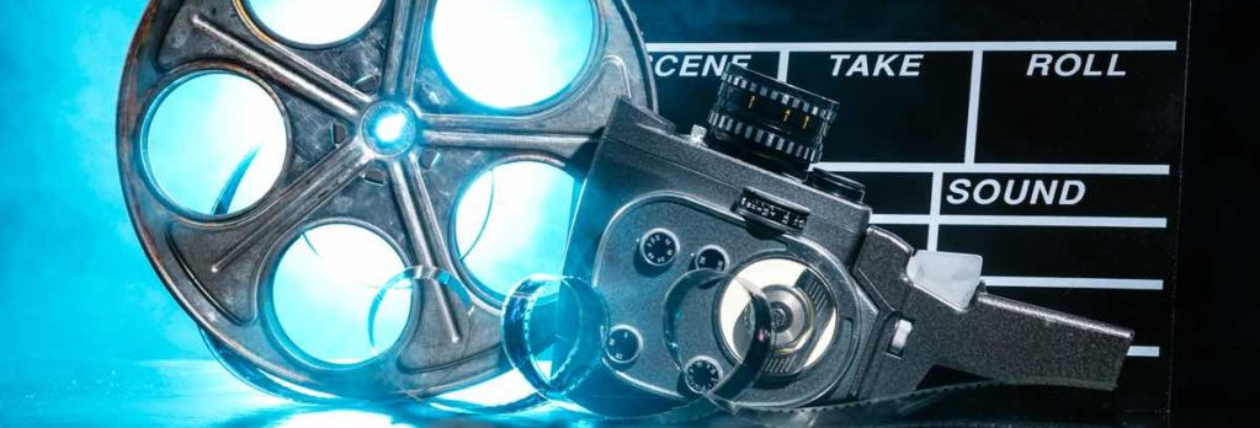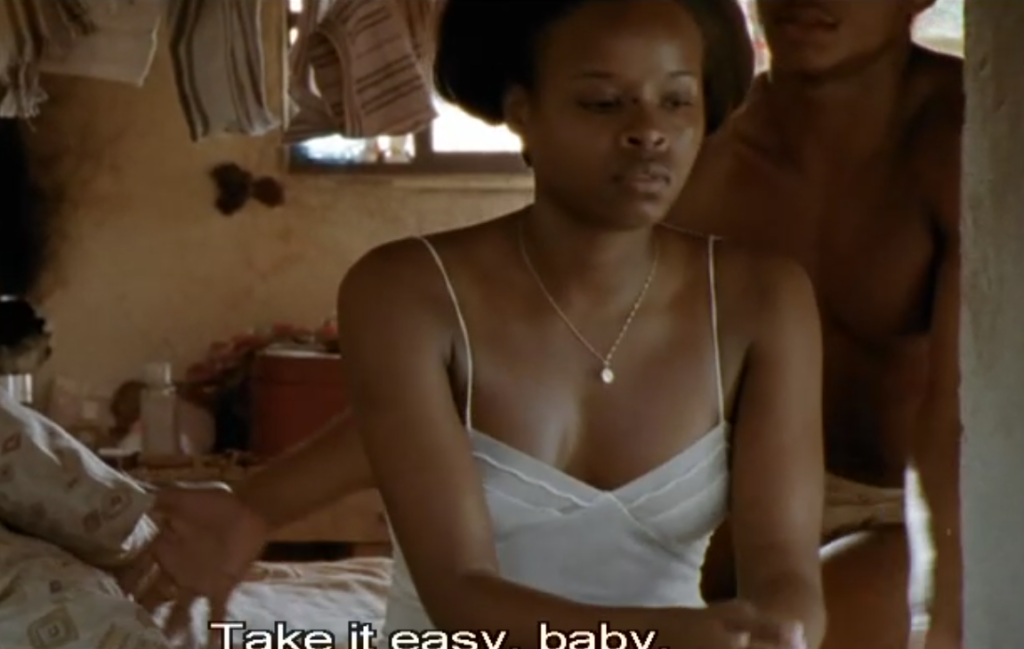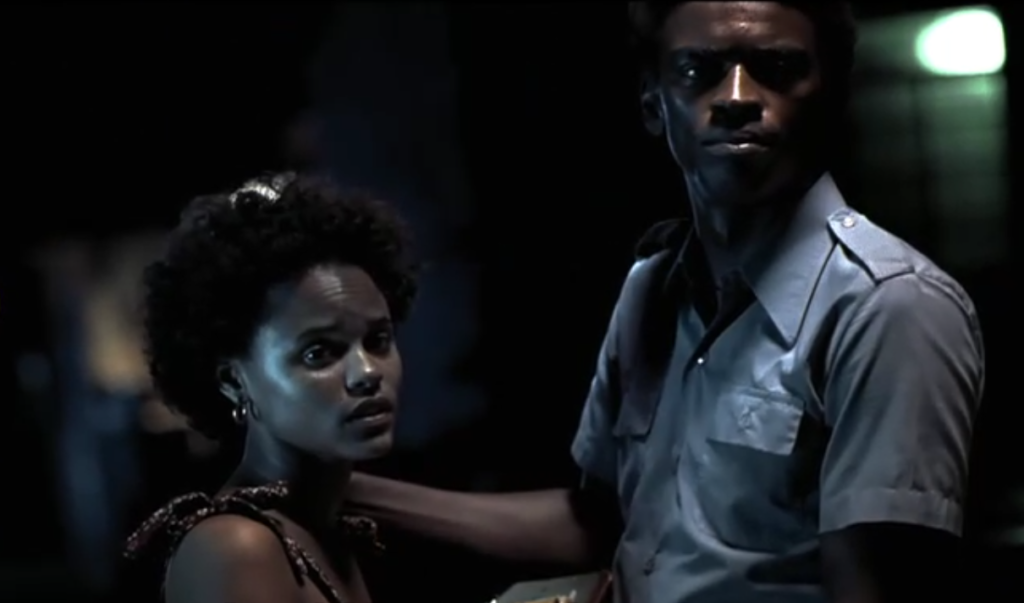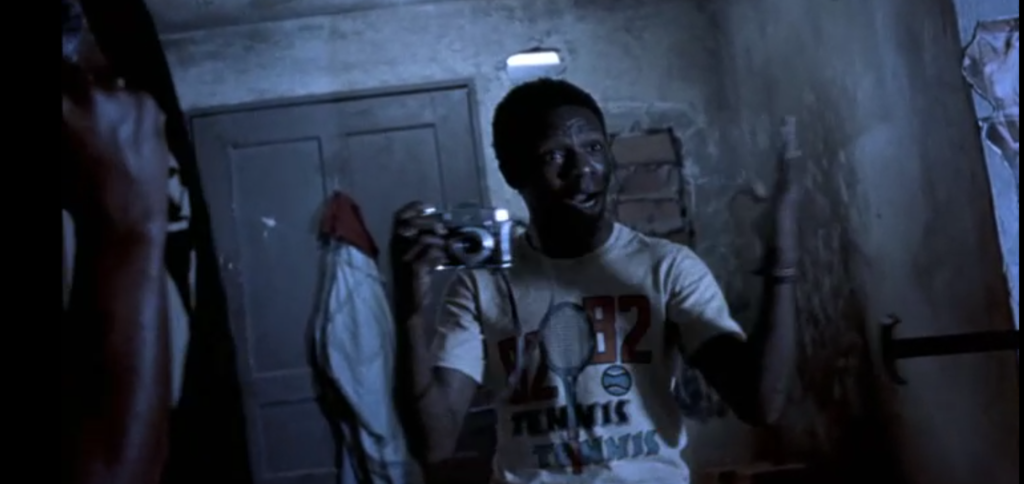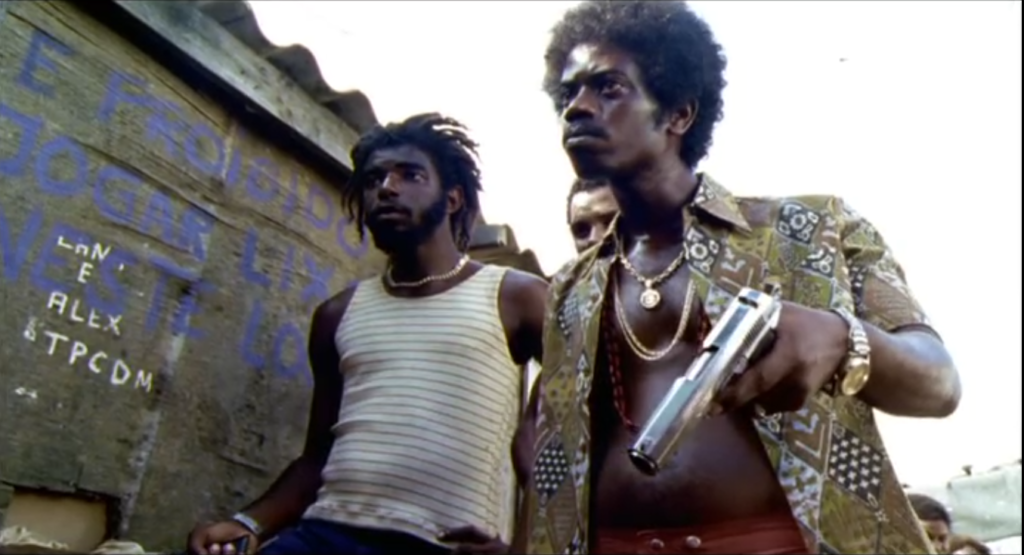how does the film use soviet methods of montage techniques to tell the workers story?
In part 6 ‘extermination’ (the final part) of Eisenstein’s 1925 film ‘Strike’, he uses an intellectual montage in the cow slaughtering scene. the scene was violent and raw making it disturbing for the viewer, the shots alternating from the man brutally slaughtering the cow to the working class attempting to flee and dying represents how both are fighting for their life and rights but the power and greed the upper class hold over them unfairly chooses their fate for them.
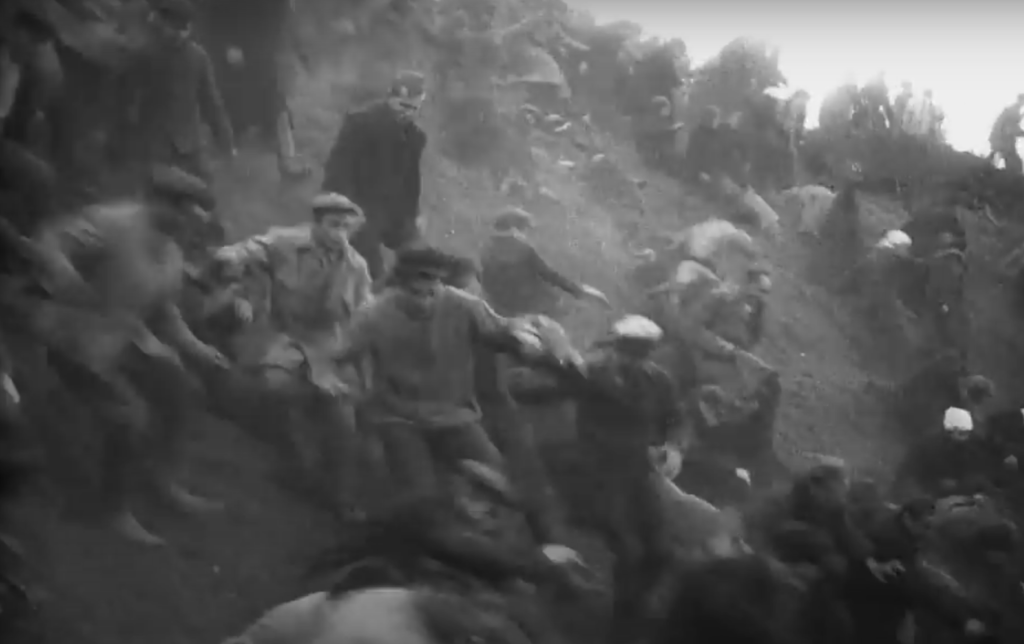

We also see a shot of the soldiers followed by a shot of a butcher, showing the parallels between the two powerful killers in each scenario and being a metaphor for how the working class are seen as less than humans but more as something to be useful to the upper class, just as cows are often only seen as meat.


in the scene where the labour class man is asked to come together and join forces, he loses his temper, causing the antagonist to smash the table with his hand, spilling the ink on the map. here a tonal montage was used, it shows the viewer the darkness that comes with carelessness and ignorance the upper-class have and how their anger can cause mass destruction to the people they’re in charge of. the ink can also represent blood and the upperclassman’s hand getting covered in the ink after putting his hand on the map represents the blood on his hands.

a metric montage is used to create suspense in the scene where the soldiers are on their horses and are fighting the workers. a number of shots capturing the workers running around scared and trying to fight back makes the viewer feel a midst of the chaos as if it was surrounding them. there being less soldiers on the horses than workers on the ground shows how they are a higher status to them and have an advantage as well as not having to fight as hard to survive in life.

